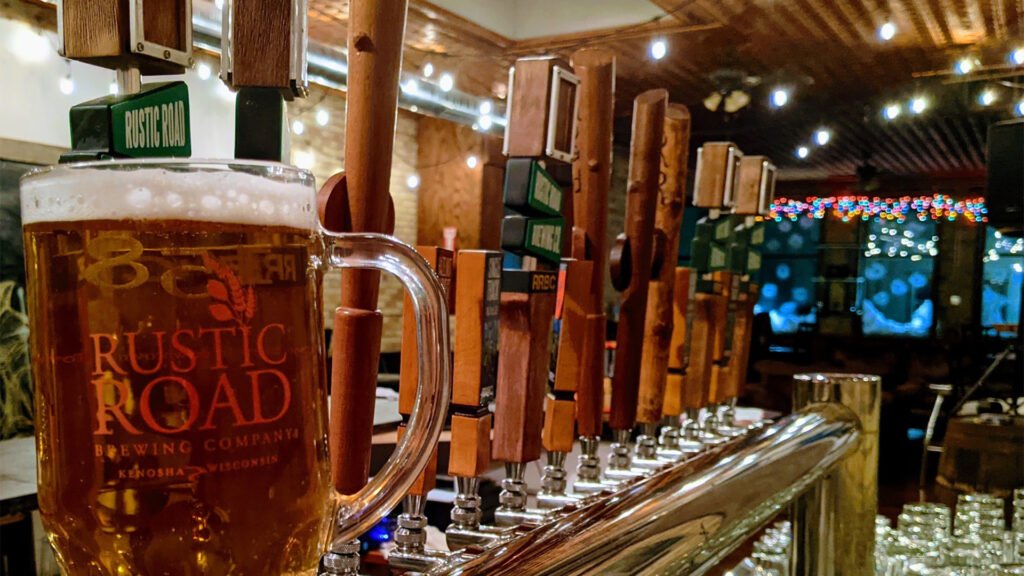Cracking open a cold beer at the end of a long day is one of life’s simple pleasures we often take for granted. But what exactly goes into the golden pints we’re so fond of? Beer, like any culinary masterpiece, is a carefully crafted blend of ingredients – each playing a crucial role in shaping its flavor, aroma, and character. So let’s demystify the brewing process by exploring four key ingredients that make beer… well, beer!


Malt: The Backbone of Beer
Malt forms the foundation of beer, providing the integral sugars that yeast will later ferment into alcohol. Typically derived from barley, malt can vary in both color and flavor depending on how it’s processed. Lighter malts will impart a crisp, clean taste to beers like pilsners and lagers. Darker malts add rich, caramelized textures to stouts and porters. The level of roasting/toasting also influences the complexity of flavors. An example of this would be how some roasted malts can contribute hints of chocolate or coffee to certain beer styles.
Hops: Adding Bitterness, Aroma, and Flavor
Hops are the green, cone-shaped flowers of the Humulus lupulus plant and are responsible for balancing the inherent sweetness of malt with bitterness – as well as providing aroma and flavor. Different varieties of hops can offer a wide range of characteristics, from floral and citrusy to piney and spicy. Hops added early in the brewing process contribute more bitterness, while those added later tend to be more focused on aroma and flavor. This versatility allows brewers to tailor the hop profile to create everything from hop-based IPAs to subtly hopped lagers.


Yeast: The Miracle Worker
Yeast is the unsung hero of the brewing process. Responsible for fermenting malt sugars into alcohol, there are two main types of yeast used in brewing: ale yeast and lager yeast. Ale yeast ferments at warmer temperatures, rising and producing fruitier flavors. Lager yeast instead prefers cooler temperatures, resulting in the yeast sinking to the bottom of the vessel and providing a cleaner taste. Beyond these two broad categories, countless strains of yeast exist – each with a unique fermenting style that can dramatically influence the final brew.
Water: The Forgotten Ingredient
While water may not get as much attention as the other, more famous, beer ingredients – its quality and mineral composition have arguably the largest impact on the brewing process… not to mention the finished product’s flavor. Different regions have distinct water profiles, which have historically shaped the styles of beer brewed in these places. An example of this would be how the soft water of Pilsen, Czech Republic, led to the creation of the delicate Pilsner lager. Or how the mineral-rich waters of Burton-upon-Trent, England, complemented the hoppy bitterness of traditional English ales.


The Reinheitsgebot: A Legacy of Purity
No discussion of beer ingredients would be complete without mentioning the Reinheitsgebot (pronounced rine-hites-kuh-bowt). Commonly known as the German Beer Purity Law, the Reinheitsgebot was established in 1516 by Duke Wilhelm IV of Bavaria. This historic decree mandated that beer could only be brewed using water, barley, and hops (yeast was later added after its discovery).
That said – from a craft brewer’s perspective – the Reinheitsgebot presents a somewhat different viewpoint. While it serves as a good starting point for American craft beer, many craft brewers do not strictly adhere to its limitations. Utilizing ingredients such as fruit, vanilla, oats, or even flavorings like hazelnut would violate the law – constraining the creative freedom of craft brewers in the United States. While respecting its historical significance, craft brewers often push boundaries and embrace innovation beyond the restraint of the Reinheitsgebot. As Sam Calagione from Dogfish Head Brewery aptly put it, “American craft brewers feel the Reinheitsgebot is nothing more than a censorship of the arts!”
A Journey Through Ingredients
These core four beer ingredients form a symphony of flavors, each playing a part in creating the harmonious blend that we all know and love. From the humble grain to the aromatic hop, from the transformative yeast to the life-giving water, every ingredient contributes to the rich tapestry of the brew’s individualized flavor. So, the next time you raise a glass – take a moment to appreciate the craftsmanship and tradition that have gone into the creation of our favorite replacement for a glass of water. Cheers!








